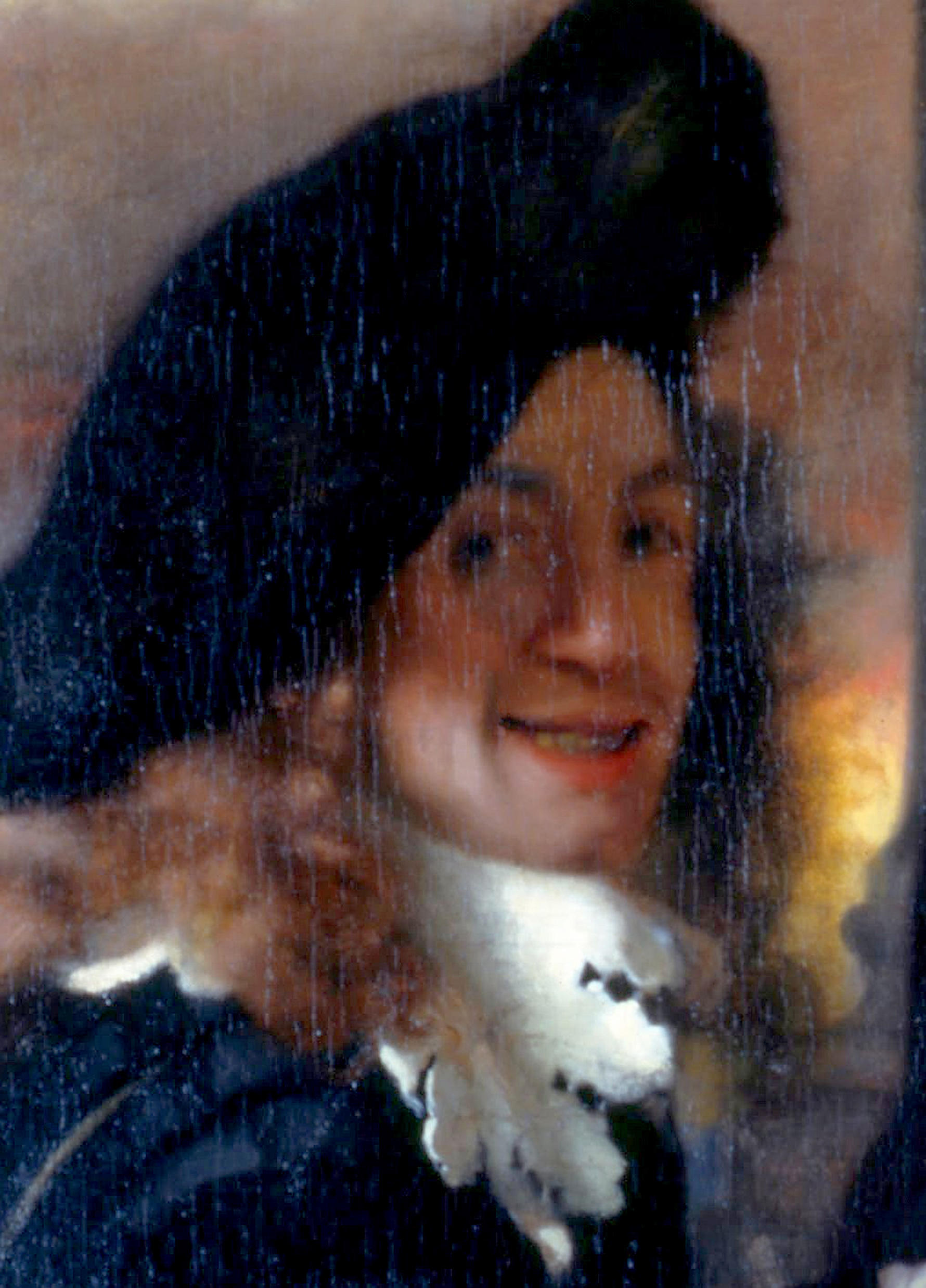Girl With a Flute is, the finest Rijksmuseum experts are in no doubt, a classic example of Johannes Vermeer’s work. Look at the brushwork. Look at the delicate expression. It is “crystal clear”, the museum said, it’s a Vermeer.
Nonsense, say the finest experts at Washington’s National Gallery of Art. Look at the “heavy-handed, flat application”. Look at the “awkward composition”. In every detail, Girl With a Flute lacks Vermeer’s “intuitive command of his own remarkable talents”. It is clear it was done by “an artist who had not mastered their craft”.
The girl with the flute looks out, impassive.
Now, though, a new protagonist has entered the fray: artificial intelligence. A Swiss AI art verification company has analysed the painting and concluded that the Washington experts — in whose museum it resides — are wrong. Splodgy paint or not, it is definitely a Vermeer.
“I hope this will persuade them to return the painting to what it really is,” says Carina Popovici, from Art Recognition. She said her software had “high certainty” that the girl, looking enigmatically at the viewer while holding a flute, once looked enigmatically at the master himself.
It is the latest twist in an argument sufficiently heated that several art experts approached by The Times refused to speak about it.

Carina Popovici
DAVID OWENS
• Vermeer — the riddle of the mysterious Dutch master is solved at last
For a great of European painting, Vermeer, a 17th-century Dutch artist, has a surprisingly small oeuvre — fewer than 40 works.
But in 2022 it looked like one of those was definitively knocked off the list. After years of doubt, the Washington National Gallery had used lockdown to properly analyse Girl With a Flute. They agreed that it was very Vermeer-like. “The painting processes are so similar that we can imagine this artist watched Vermeer paint,” they wrote. But, still, it was not Vermeer-like enough. “Here we see an artist who understood the process but was unable to achieve the effect.” It was an imitator.

Johannes Vermeer in what is believed to be a self portrait, circa 1656
ALAMY
The verdict was all the more important because they owned it. People are rarely motivated to willingly knock a few tens of millions off their assets.
• Mystery of the ‘fake’ Vermeer has experts splitting hairs
But, a month later, there was a surprise. The Rijksmuseum was holding a major Vermeer exhibition, and intended to display the painting on loan. It did its own analysis. The museum praised (faintly) Washington’s research on their “four Vermeers”, but pointedly said that after looking at their own “ten Vermeers” they disagreed.
“Girl With a Flute is lent as ‘not Vermeer’, but we will hang it as a real Vermeer,” said Pieter Roelofs, the exhibition curator. “The doubt disappears somewhere during the flight over the ocean.” Will the doubt now disappear on the other side of the Atlantic?
Art Recognition is one of several companies, bringing — to some suspicion in the art world — machine learning to the art of art accreditation.
Popovici, a physicist, started the company because of an incident in 2011. Wolfgang Beltracchi, a German forger, was convicted of selling fake paintings worth tens of millions — fooling everyone. “The experts were all wrong. There was clearly something wrong with the traditional process of authenticating art,” Popovici said.
This is where she thought her physics could help. Her technology works by analysing the existing, validated, set of Vermeers. It looks at fine details — like brushstrokes and colour variation. It looks at broader details, like composition and object placement. Then, to ensure it is finding the quintessence of the artist, it also looks at known forgeries, imitations and members of the artist’s school.

The Rijksmuseum in Amsterdam
ALAMY
Even when there are only small samples of genuine works, Popovici believes the method has the ability to pick out fakes, in part because looking minutely at all the different sections in a single work adds hundreds of readings for each painting. In addition, they can provide more training data by mathematically combining the known paintings to generate new examples.
She has used the software to identify widespread fraud on online auction sites, where people were making thousands selling worthless art. Now, she says, it has done the reverse: proving that a painting many considered worth thousands is in fact worth many millions.
Will it be believed? Some in the community have embraced the approach — Germann, a Swiss auction house, now accepts Art Recognition’s certificates as proof of authentication. Others remain cautious.
With a profusion of claims, and companies, Popovici has been working with the Center for Art Law in New York to lay down guidelines for practitioners, and hopefully build trust.
In a document about the legal and ethical implications of AI, she and the centre, a non-profit, argue that they should work alongside human experts, and be transparent about how it reaches its answers.
Now, it may face its sternest test. Neither museum would comment on the research. Even so, thinks Popovici, there is only one reasonable outcome. It is time that the Washington National Gallery digs out the caption it used to display for the Girl With a Flute: “By Vermeer”.

